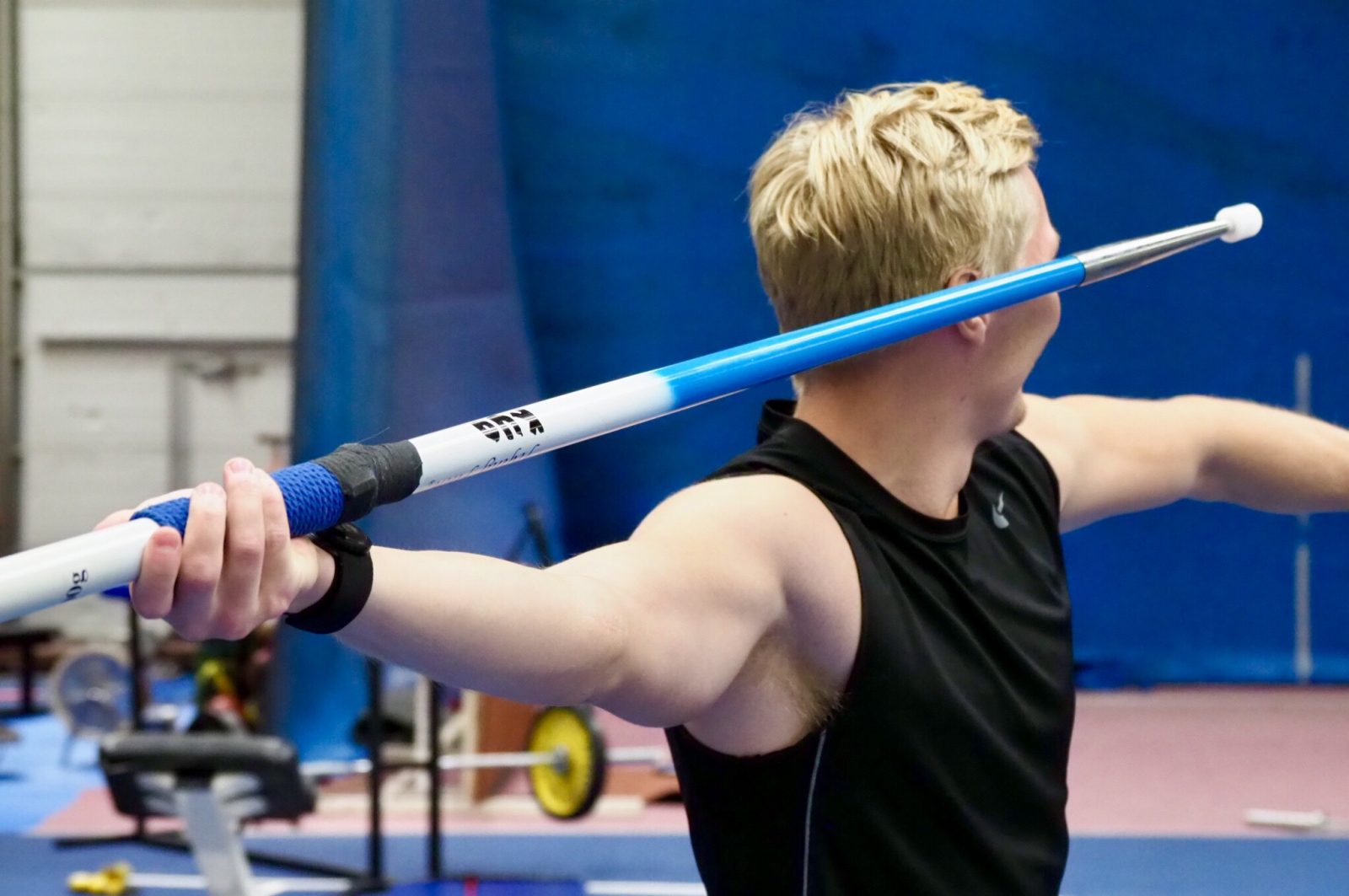Enhancing Athlete’s Health and Performance with Movesense Sensors

In August, we had the privilege of enjoying the World Athletics Championships; amazing performances, tough battles, and lots of emotions. Behind these performances are thousands of hours of training and years of dedication to the sport. As it comes to turning the hard work into competitive success, the athlete’s health plays a key role.
Not all training leads to success. Many times, it can even result in injuries. The risk of getting injured in track and field is high, ranging from 3.1 to almost 170 injuries per athlete per year. [1] These injuries often happen during training, but about 10-14% of athletes also get injured during championships. [1] This year, the championships in Hungary had even more injuries due to challenging weather conditions.
Most injuries happen in the muscles of the lower limbs. Acute injuries, like thigh strain, hamstring strain and ankle sprains, are more common for athletes who participate in explosive events. On the other hand, endurance athletes are at higher risk for chronic injuries like stress reactions, Achilles tendinopathy and chronic knee issues. Studies show that having a coach during training lowers the risk of injury. [1]
Could athletes and coaches benefit from Movesense sensors? Inertial sensors can measure specific movements, angular rates, and body orientation. Movesense sensors are very lightweight, easy to attach to different parts of the athlete’s body, and offer precise inertial measurement capabilities.
We believe that Movesense sensors could help prevent especially chronic injuries but also support managing individual training sessions in a way that helps avoid acute injuries and improve athlete’s health in general.
Assessing fatigue to reduce injuries
With Movesense sensors, athletes could track their movements and measure accelerations during performances. Muscle fatigue, nervous system fatigue and, in general, accumulated training load are reflected in the movement signal.
Changes in acceleration, deceleration, and other movements between performances such as jumps and sprints are clear signs of fatigue. With the onset of fatigue, the athlete’s movement slows down, and additional, e.g., lateral movements begin to appear. During continuous performance, such as running, fatigue can be seen e.g. as a deterioration in the quality and regularity of movement.
Objective assessment of fatigue can be used to guide training and reduce injury risk in two ways.
Short term, it helps to answer the question of when the athlete has done a certain exercise enough to achieve the desired training effect, and when it is necessary to stop or change the exercise so that the risk of injury does not increase. This works for the whole training session as well as for the sets and drills performed within a session.
Long term, movement measurement allows quantifying training load and can provide statistics of specific exercises such as particular jumps. In this way, even the load accumulation of a single limb or joint can be reliably measured over a longer period of time.
In addition to the cumulative load, trends in movement patterns and performance values are a useful indicator of progress. They can also reveal deficiencies in training, performance technique, muscle balance, or other factors that increase the risk of injury if not addressed early enough.
So far, there are hardly any solutions on the market for measuring the quantity, quality and load of sport-specific technique, strength and speed training. This could be changed with the open, programmable Movesense sensor.
Using movement sensors isn’t just about avoiding injuries; it’s also about improving performance.
Athletes can enhance their techniques by analyzing lateral movements, contact times and acceleration during running and jumps, shoulder positions in events like hammer throw, discus throw, and shot put, as well as support leg usage in javelin throw and frequency in race walking.
Immediate feedback through a mobile app can help address issues in the next attempt. In general, better performance technique also reduces the risk of injury.
Monitoring athlete’s cardiac health
Less common but still significant are heart-related injuries. Long-term physical training can affect the heart’s chambers, walls, and volume. These changes show up in resting ECG readings as longer PQ-waves, wider QRS-complexes, left ventricular hypertrophy, ST segment elevation, and T-wave changes. Changes are more frequent in male athletes than female athletes. The challenge is that athlete ECGs can resemble those of people with actual heart problems. [2]
Adverse cardiac remodeling induced by excessive endurance training can predispose to arrhythmias. Rhythm abnormalities may be the most common cardiovascular problems encountered by veteran endurance athletes, but heart problems can occur even in young athletes. Long-term sustained vigorous aerobic endurance training such as marathon or ultramarathon running or professional cycling has been associated with as much as a 5-fold increase in the prevalence of atrial fibrillation. [3]
With the ability to provide medically certified single-lead ECG and medical heart rate and heart rate variability data, the Movesense ECG sensor could become an indispensable part of athletes’ lives. With regular ECG measurements sent to their doctors, athletes could track their health and detect changes in their heart before they become a health risk.
To start creating your own solution for improving athlete’s health, get a Movesense Medical developer kit and start experimenting! If you want to discuss your project with our team, don’t hesitate to contact us directly:
References
[1] Edouard, P. and Alonso, J.M., 2013. Epidemiology of track and field injuries. New Studies in Athletics, 28(1/2), pp.85-92.
[2] Kala, R., 2006. Urheilijansydän. Duodecim; laaketieteellinen aikakauskirja, 122(13), pp.1597-1605.
[3] O’Keefe, J.H., et al., 2012. Potential Adverse Cardiovascular Effects From Excessive Endurance Exercise, Review. Mayo Clinic Proceedings, 87(6), pp.587-595.
